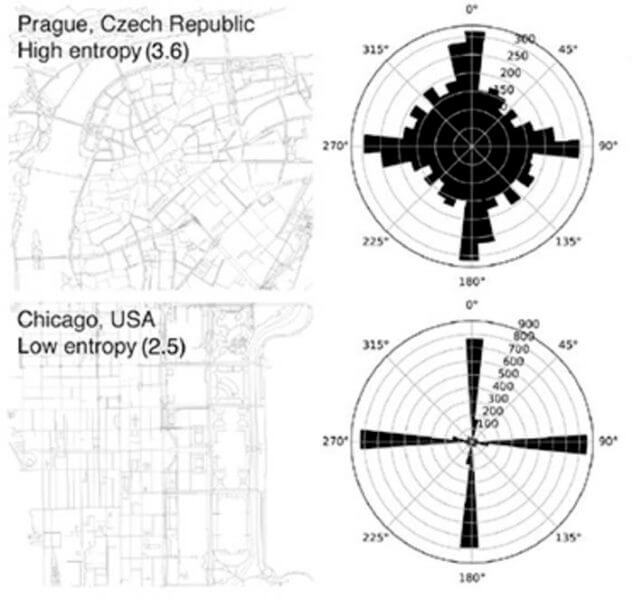The streets, alleys, paths and parks of our childhood leave a strong mark on us, with heretofore unsuspected benefits. A research team led by scientists from the Laboratoire d’Informatique en Image et Systèmes d’Information (LIRIS, CNRS/INSA Lyon/Université Claude Bernard Lyon 1) and the Institute of Behavioural Neurosciences at University College London has found that where people grow up influences their sense of direction in adulthood. From a diverse set of origins, from rural to cities of varying complexity, they had uneven skills in terms of orienting themselves.
First, the scientists have found that, on average, people who grew up in the countryside have a better sense of direction than people who grew up in cities. This extent of this difference varies from country to country: very strong in Canada, the United States, Argentina and Saudi Arabia, much less so in Austria, France, India and Vietnam.
The research team then looked at the maps of the major cities in these countries to categorize them according to layout complexity. While cities like Chicago are arranged in grids, with most branch lines at a right angle, cities like Paris form a more heterogeneous network, with nearly every angle present. Thus, according to their results, growing up in a city with a complex topography confers a better sense of direction.
The research also shows that people generally orient themselves better when confronted with topographies close to those travelled during childhood: they are better at navigating great distances if they come from rural areas, and better on a grid plan if they grew up in a city “with right angles”.
These results were achieved with Sea Hero Quest, a video game developed to study Alzheimer’s disease. After having memorized the game map, players are set objectives at several levels. It can be difficult to recruit participants to an experiment, and even more so to reproduce an experiment under identical conditions, and video gaming is a way to address these problems. For this study, from Sea Hero Quest we compared the sense of direction of nearly 400,000 people in 38 countries around the world.


